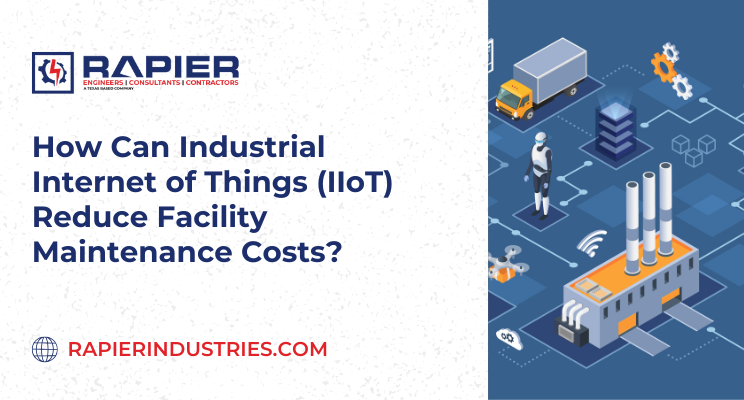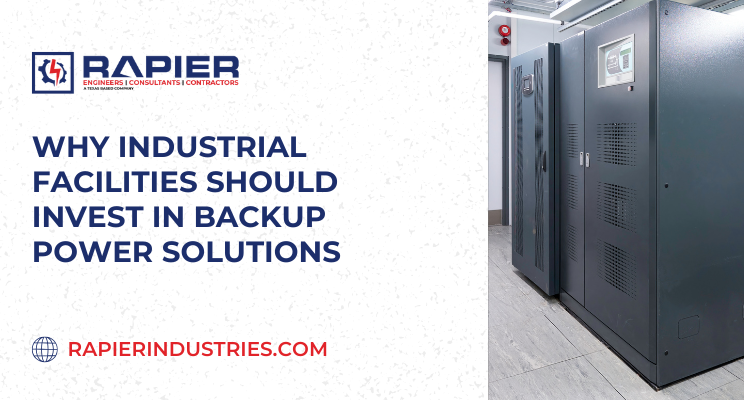- Details
In industrial environments, it’s crucial for all electrical equipment to be regularly inspected; doing this ensures that they are safe for your employees to work around and repair if need be. However, accidents can occur at any time, and the severity of these accidents can have devastating effects on both your equipment and your staff….
- Details
We live in an age where businesses all over the world are investing significant time and resources to create a more connected workplace. Achieving a higher degree of connectivity in the industrial sector is especially advantageous because of the complexity that surrounds different industrial processes, such as manufacturing, logistics, renewable energy, and more. To accomplish…
- Details
Businesses across all industries rely on the internet in some way, shape, or form to supplement their daily operations. Industrial facilities are certainly no exception; thousands of plants across the country rely on internet connectivity for automation, energy monitoring, manufacturing processes, and other functions. Thus, maintaining a strong and secure internet connection is crucial. Optical…
- Details
If you work at or manage a large-scale industrial facility, you know how important meeting quotas and minimizing downtime is to long-term success. However, unexpected events such as equipment incidents and inclement weather can cripple a facility’s operations and shut down production if it is not properly equipped. There are several ways an industrial facility…
- Details
Safety is a major concern for thousands of industrial facilities across the country, and there are several standards that ensure these businesses are operating safely, such as the National Electric Code (NEC) and NFPA 70E. The National Fire Protection Association (NFPA) recently updated their NFPA 70B electrical safety standards for industrial facilities, and the steps…






